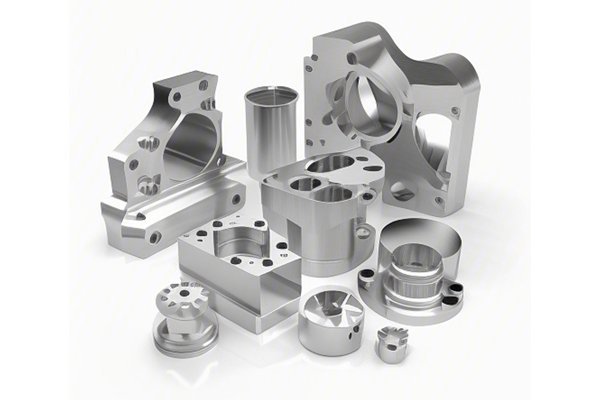Did you know that Polyvinyl Chloride (PVC) is one of the most widely produced synthetic plastic polymers in the world? In fact, in 2021 alone, global production reached an astounding 40 million tons. This versatile material is used in a variety of applications ranging from construction and automotive industries to medical equipment. With its increasing popularity, understanding the intricacies of CNC machining for PVC materials has become crucial for manufacturers looking to enhance product quality and operational efficiency.
In this blog, we will explore how to choose the appropriate CNC tooling for PVC materials, diving deep into the various types of tooling, machining processes, and considerations that can significantly impact your manufacturing projects.
Understanding PVC and Its Unique Properties
Before we delve into tooling specifics, it’s vital to understand the unique properties of PVC. This material is characterized by:
Importance of CNC Machining in PVC Applications
CNC (computer numerical control) machining offers unparalleled precision and repeatability, which is crucial when working with PVC. The following benefits highlight the importance of CNC machining in PVC applications:
Choosing the Right CNC Tooling for PVC
Now that we understand the material and the benefits of CNC machining, let’s explore how to choose the right tooling. Here are some factors to consider:
The type of tooling you select will largely depend on the specific machining operations you’re planning to perform. Common tooling types for CNC machining of PVC include:
When it comes to CNC machining, the cutting speed and feed rate are paramount factors to consider. The recommended settings for PVC are:
The geometry of your tooling can significantly affect the machining process:
Although PVC does not require heavy lubrication, using mist coolant can help:

Selecting the right material for tooling is essential. Carbide tooling is preferred for its superior hardness and wear resistance. HSS is also an option but may require more frequent sharpening.
Profiling the Machining Process
Now that we have established the tooling considerations, let’s go through the CNC machining process for PVC in a step-by-step manner:
Step 1: Designing the CAD Model
Creating a Computer-Aided Design (CAD) model is the first step in the CNC machining process. Utilize CAD software to detail shapes, dimensions, and tolerances. Given PVC’s properties, it’s often wise to create designs with slightly rounded edges to reduce stress concentrations.
Step 2: Selecting the CNC Machine
Choosing the right CNC machine is critical. For PVC machining, a router or milling machine with a CNC control system would best suit your needs.
Step 3: Setting Up the Machine
Proper setup is key to successful machining. This includes:
Step 4: Executing the CNC Program
Upload and run the CNC program, monitoring the process closely for any irregularities. It may be wise to perform a simulation first to spot potential issues before actual machining.
Step 5: Post-Processing
Once machining is complete, it is crucial to inspect the part for quality. Techniques like water jetting or sanding can smooth out rough edges and improve the final finish.
Step 6: Quality Control
Implement a quality control check to assess dimensional accuracy and surface finish. Conducting pull tests or assembly tests may be necessary if the part is part of a larger assembly.
Common Challenges and Solutions
Working with PVC in CNC machining can present some unique challenges. Here are a few common problems along with their solutions:
Solution: Monitor cutting speeds and feed rates closely. Ensure adequate chip removal and consider using airflow or mist coolant.
Solution: Utilize sharper tooling and lower feeds. Post-processing techniques like deburring may also be necessary.
Solution: Opt for high-quality carbide tooling and keep your tools well-maintained. Regularly inspect tools for wear and replace as necessary.
Choosing the right CNC tooling for PVC materials is a multifaceted process that can have a significant impact on manufacturing efficiency and product quality. From selecting the right tooling types to understanding cutting speeds and tool geometries, each factor plays a vital role in achieving optimum results.
As you venture into CNC machining projects involving PVC, take the time to consider all of these variables carefully. The complexity of the tooling selection process may seem daunting, but the right approach will lead to superior product outcomes.
In today’s competitive manufacturing landscape, setting yourself apart with high-quality, accurately machined components can make all the difference. By embracing the principles outlined in this guide, you will not only improve your machining capabilities but also ensure long-term operational success. Stay informed, consider these methodologies, and explore how they can be integrated into your future projects. Remember, the right tooling can transform your manufacturing dreams into reality!






